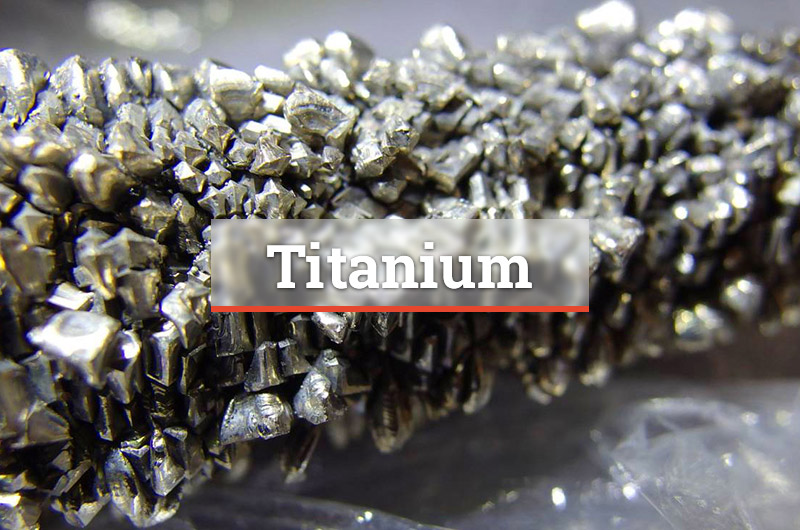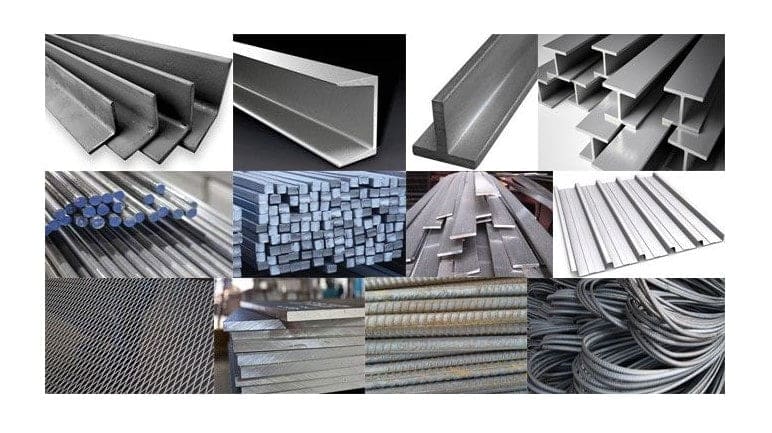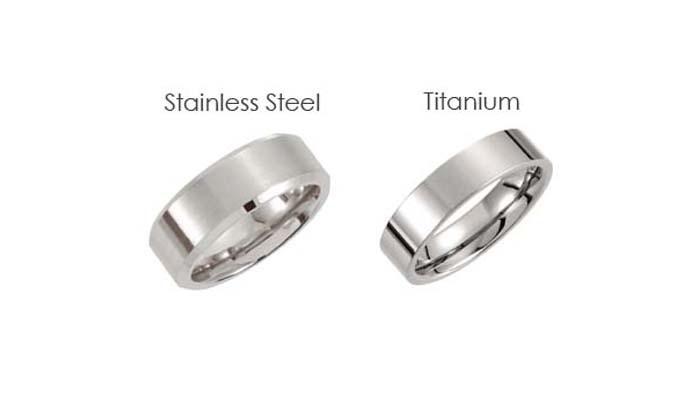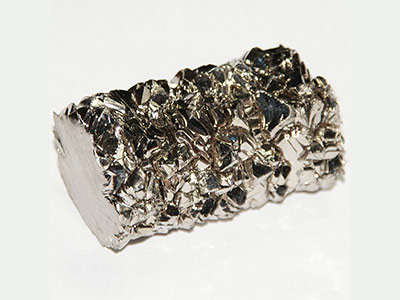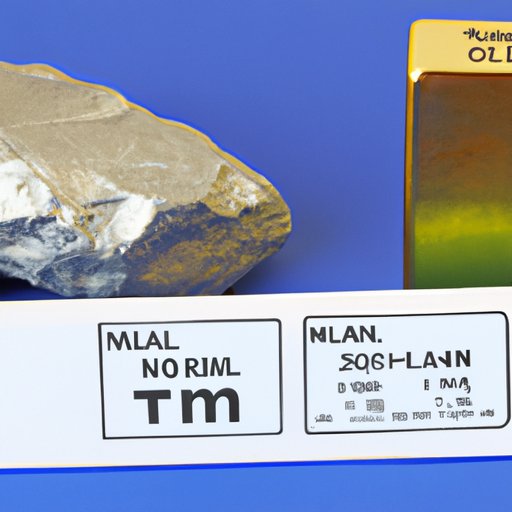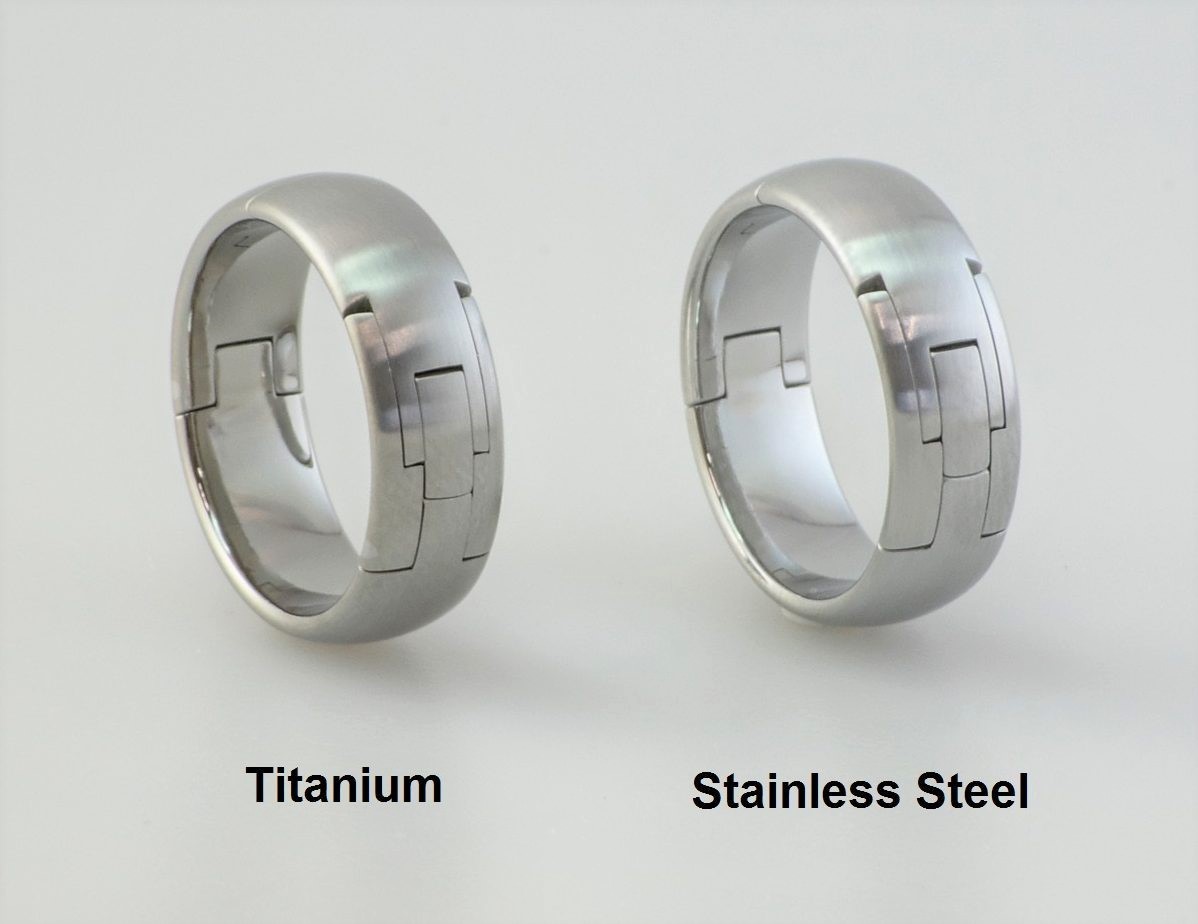What Makes Titanium a Popular Choice in Modern Industries?
Titanium’s unique combination of high strength, low density, and corrosion resistance has made it a sought-after material in various industries. Its ability to withstand extreme temperatures, high fatigue resistance, and biocompatibility have led to its widespread adoption in aerospace, medical, and sports equipment applications. For instance, titanium is used in aircraft and spacecraft due to its exceptional strength-to-weight ratio, allowing for reduced fuel consumption and increased efficiency. In the medical field, titanium’s biocompatibility and corrosion resistance make it an ideal material for implants, surgical instruments, and medical devices. Additionally, titanium’s high strength, low weight, and corrosion resistance have made it a popular choice for sports equipment, such as golf clubs, tennis rackets, and cycle frames. As the demand for lightweight, high-performance materials continues to grow, titanium is poised to remain a popular choice in modern industries.
Steel: The Workhorse of Modern Infrastructure
Steel, an alloy of iron and carbon, has been a cornerstone of modern infrastructure for centuries. With a rich history dating back to ancient civilizations, steel has evolved to become a ubiquitous material in construction, transportation, and consumer goods. Its exceptional strength, durability, and affordability have made it an indispensable component in building structures, bridges, and machines. Steel’s high strength-to-weight ratio, corrosion resistance, and ability to withstand extreme temperatures have led to its widespread adoption in various industries. From skyscrapers and automobiles to appliances and machinery, steel’s versatility and reliability have earned it a reputation as the workhorse of modern infrastructure. As the demand for sustainable and efficient materials continues to grow, steel remains a vital component in shaping the modern world.
How to Compare the Density of Titanium and Steel
Density, a fundamental property of materials, is defined as the mass per unit volume of a substance. To compare the density of titanium and steel, it’s essential to understand how density is measured. The most common units of density are grams per cubic centimeter (g/cm³) and pounds per cubic inch (lb/in³). To calculate the density of a material, one needs to know its mass and volume. The formula to calculate density is: density = mass / volume. For instance, if the mass of a titanium sample is 100 grams and its volume is 10 cubic centimeters, its density would be 10 g/cm³. Similarly, if the mass of a steel sample is 200 pounds and its volume is 10 cubic inches, its density would be 20 lb/in³. By comparing the densities of titanium and steel, we can determine which metal is lighter and explore the implications of these differences in various applications, ultimately answering the question: is titanium lighter than steel?
Titanium vs Steel: A Density Showdown
Now that we’ve established how to calculate density, let’s put titanium and steel to the test. Titanium has a density of approximately 4.54 g/cm³, while steel’s density ranges from 7.9 to 8.1 g/cm³, depending on the specific alloy. In terms of pounds per cubic inch, titanium’s density is around 0.163 lb/in³, whereas steel’s density is roughly 0.285 lb/in³. These significant differences in density have far-reaching implications for various industries. For instance, titanium’s lower density makes it an attractive choice for aerospace applications, where weight reduction is crucial for fuel efficiency and performance. On the other hand, steel’s higher density provides increased strength and durability, making it a staple in construction and infrastructure projects. As we delve deeper into the advantages and disadvantages of each metal, the question remains: is titanium lighter than steel? The answer, unequivocally, is yes. But what does this mean for the industries that rely on these metals?
What Does it Mean to be Lighter: The Advantages of Titanium
Titanium’s lower density has significant implications for various industries. One of the most notable benefits is reduced weight, which is crucial in aerospace applications where fuel efficiency and performance are paramount. By using titanium, aircraft manufacturers can create lighter, more efficient aircraft that consume less fuel and produce fewer emissions. Additionally, titanium’s lower density makes it an attractive choice for sports equipment, such as golf clubs and tennis rackets, where weight reduction can improve performance and enhance the overall user experience. Furthermore, titanium’s high strength-to-weight ratio means that it can withstand heavy loads and stresses without compromising its structural integrity. This property makes it an ideal material for medical implants, such as hip and knee replacements, where corrosion resistance and biocompatibility are essential. As we explore the advantages of titanium’s lower density, it becomes clear that the answer to the question “is titanium lighter than steel” is a resounding yes, and this property has far-reaching implications for various industries.
The Strength and Durability of Steel: A Counterpoint
While titanium’s lower density offers numerous advantages, steel’s higher density provides its own set of benefits. Steel’s increased strength and durability make it an ideal material for construction and infrastructure projects, where heavy loads and harsh environmental conditions are common. Additionally, steel’s higher density makes it more cost-effective than titanium, which is a significant factor in large-scale construction projects. Furthermore, steel’s strength and durability also make it a popular choice for transportation, such as in the manufacture of cars, trucks, and trains. In these applications, steel’s ability to withstand heavy loads and stresses is crucial for safety and performance. When considering the question “is titanium lighter than steel,” it’s essential to acknowledge the trade-offs between the two metals. While titanium’s lower density offers advantages in certain applications, steel’s higher density provides its own set of benefits in others. By understanding the unique properties and benefits of each metal, industries can make informed decisions about which material to use in specific applications.
Real-World Applications: Where Titanium and Steel Shine
In the real world, the unique properties of titanium and steel are leveraged in a variety of applications. In the aerospace industry, titanium’s high strength-to-weight ratio and corrosion resistance make it an ideal material for aircraft components, such as engine parts and fasteners. In contrast, steel’s strength and durability make it a popular choice for building structures, such as bridges and skyscrapers. In the medical field, titanium’s biocompatibility and corrosion resistance make it an ideal material for implants, such as hip and knee replacements. Meanwhile, steel’s cost-effectiveness and strength make it a popular choice for medical equipment, such as hospital beds and surgical instruments. In sports equipment, titanium’s light weight and high strength make it an ideal material for bicycle frames and golf clubs, while steel’s durability and affordability make it a popular choice for tennis rackets and cricket bats. When considering the question “is titanium lighter than steel,” it’s essential to understand the specific applications where each metal excels. By recognizing the unique strengths and weaknesses of each material, industries can make informed decisions about which metal to use in specific applications.
The Verdict: Is Titanium Lighter than Steel?
In conclusion, the density comparison between titanium and steel reveals distinct differences in their properties and applications. With a density of approximately 4.54 g/cm³, titanium is indeed lighter than steel, which has a density of around 7.9 g/cm³. This difference in density has significant implications for their respective uses. Titanium’s lower density makes it an ideal material for aerospace and sports equipment, where weight reduction is crucial. On the other hand, steel’s higher density provides increased strength and durability, making it a popular choice for construction and infrastructure projects. When asking the question “is titanium lighter than steel,” the answer is a resounding yes. However, it’s essential to consider the unique strengths and weaknesses of each metal to determine the most suitable material for specific applications. By understanding the density differences between titanium and steel, industries can make informed decisions about which metal to use, ultimately leading to improved performance, efficiency, and innovation.


